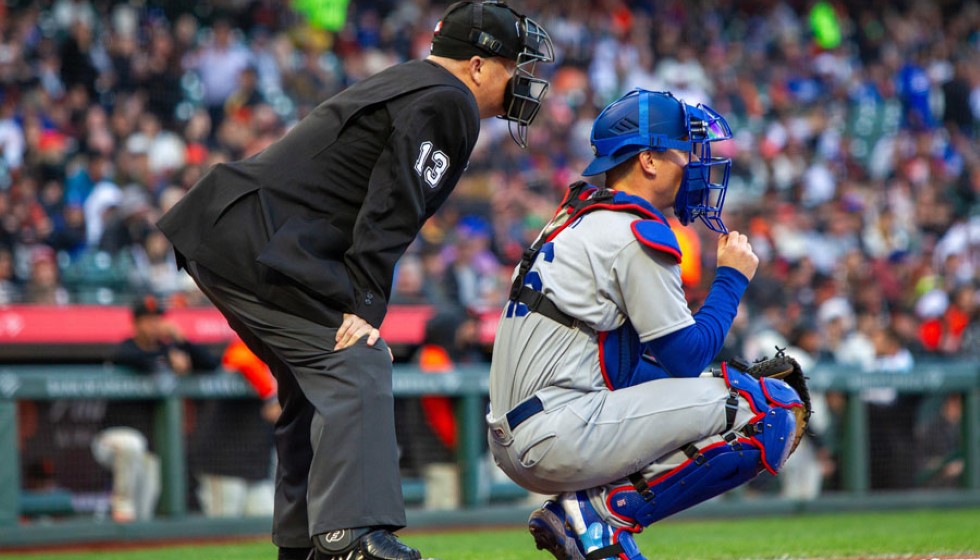
The baseball landscape at the dawn of 2025 is defined by a series of significant realignments, both on the field and within front offices. Transactions and team strategies are crafting new narratives for fans and analysts alike. As franchises navigate this evolving terrain, the activities within Major League Baseball reveal a mixture of shrewd decision-making and financial maneuvering.
Key Player Movements and Contracts
The offseason has witnessed a flurry of player movements, with a notable 70% of the top 10 free agents and half of the top 50 securing deals. Teams are investing heavily to fortify their rosters ahead of the new season. Among these shifting pieces, Nolan Arenado has been a focal point, not for changing teams, but for standing firm. Despite the Cardinals' attempts to negotiate a trade, Arenado vetoed the move, a decision that might lead to a positional shift to first base to increase his trade viability. With the Cardinals owing him $64 million over three years, the team faces a steep economic and strategic challenge.
Meanwhile, Sonny Gray enters the season with a solid commitment of $65 million over two years, aligning with clubs looking to secure reliable pitching strength. In a similar vein, Luis Castillo is locked in with his team at $22.75 million annually for three years, indicating teams' willingness to pay a premium for elite pitching.
Shifting Strategies and Financial Considerations
In St. Louis, the Cardinals are entering a critical "reset" phase, a conscious approach to recalibrate their roster and long-term strategy. The franchise's willingness to reconsider the roles of top players like Nolan Arenado is indicative of this broader evaluation and retooling effort. Yet, it's more than just player contracts and prospective trades feeding these strategies. The Padres, with an estimated competitive balance tax payroll of $248 million, find themselves in a precarious financial position. This comes at a time when the team must cope with the recent passing of their owner, Peter Seidler, which inevitably introduces new variables into their fiscal strategy.
Brett Baty, a 25-year-old emerging star, stands ready to capitalize on these shifts and prove himself amidst the turbulence. Meanwhile, arbitration remains a pivotal process for several players, with names like Arraez and Cease anticipated to command $14 million each. For organizations like the Twins, who are dealing with the financial fallout from the Diamond Sports Group bankruptcy, these arbitration values are particularly crucial in maintaining fiscal balance.
Historical Trades and Financial Repercussions
Understanding the current state of play involves revisiting some transformative deals from the past years. Notably, the Corbin Burnes trade from February of the previous year and the Luis Arraez/Pablo López transaction two years prior have stirred lineups and adjusted pitching rotations. Dedicated to competitive excellence, teams like those involved in these trades are continuously seeking the optimal balance of skill and financial commitment. The reshuffling of rotations with Burnes' recent signing emphasizes this dynamic strategy.
Concluding Observations
Amidst contract negotiations and strategic pivots, some teams are bound by significant financial commitments. Marcus Stroman, for example, holds an $18 million contract for 2025 without trade protection, and Ryan Pressly carries a $14 million tag with the power of a no-trade clause. These stipulations wield considerable influence over team flexibility in reconfiguring their squads.
As the baseball season unfolds, strategic vision, financial prudence, and tactical execution remain paramount. The intricate dance of trades, contracts, and player roles paints a vivid picture of a sport in a state of constant evolution. Each decision and dollar spent contours the journey teams will embark on as they strive for baseball glory.